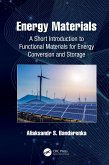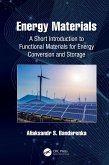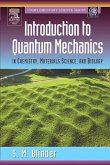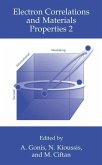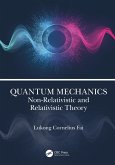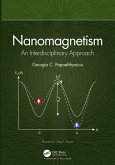In a technology driven civilization the quest for new and smarter materials is everlasting. They are required as platforms for developing new technologies or for improving an already existing technology. The discovery of a new material is no longer chance driven or accidental, but is based on careful reasoning structured by deep understanding of the microconstituents of materials - the atoms and molecules in isolation or in an assembly. That requires fair amount of exposure to quantum and statistical mechanics. `Understanding Properties of Atoms, Molecules and Materials' is an effort (perhaps the first ever) to bring all the necessary theoretical ingredients and relevant physical information in a single volume. The book introduces the readers (first year graduates) or researchers in material chemistry/engineering to elementary quantum mechanics of atoms, molecules and solids and then goes on to make them acquainted with methods of statistical mechanics (classical as well as quantum) along with elementary principles of classical MD simulation. The basic concepts are introduced with clarity and illustrated with easy to grasp examples, thus preparing the readers for an exploration through the world of materials - the exotic and the mundane. The emphasis has been on the phenomena and what shapes them at the fundamental level. A comprehensive description of modern designing principles for materials with examples is a unique feature of the book.
The highlights of the book are comprehensive introduction and analysis of
Quantum states of atoms and moleculesThe translational symmetry and quantum states in periodic and amorphous solidsBand structure and tuningClassical and quantum statistics with applications to ideal gases (photons, phonons and electrons, molecules)Quantum states in type-I and type-II superconductors (elementary theory included)Magnetic materials, materials with GMR and CMRShape memory effects in alloys and materials2D materials (graphene and graphene analogus)NLO and photovoltaic materialsHydrogen storage material for mitigating the looming energy crisisQuantum states in low and high band gap semiconductorsSemimetalsDesigner materials, etc.
The volume is designed and organized to create interest in the science of materials and the silent revolution that is redefining the goals and boundaries of materials science continuously.
The highlights of the book are comprehensive introduction and analysis of
Quantum states of atoms and moleculesThe translational symmetry and quantum states in periodic and amorphous solidsBand structure and tuningClassical and quantum statistics with applications to ideal gases (photons, phonons and electrons, molecules)Quantum states in type-I and type-II superconductors (elementary theory included)Magnetic materials, materials with GMR and CMRShape memory effects in alloys and materials2D materials (graphene and graphene analogus)NLO and photovoltaic materialsHydrogen storage material for mitigating the looming energy crisisQuantum states in low and high band gap semiconductorsSemimetalsDesigner materials, etc.
The volume is designed and organized to create interest in the science of materials and the silent revolution that is redefining the goals and boundaries of materials science continuously.


